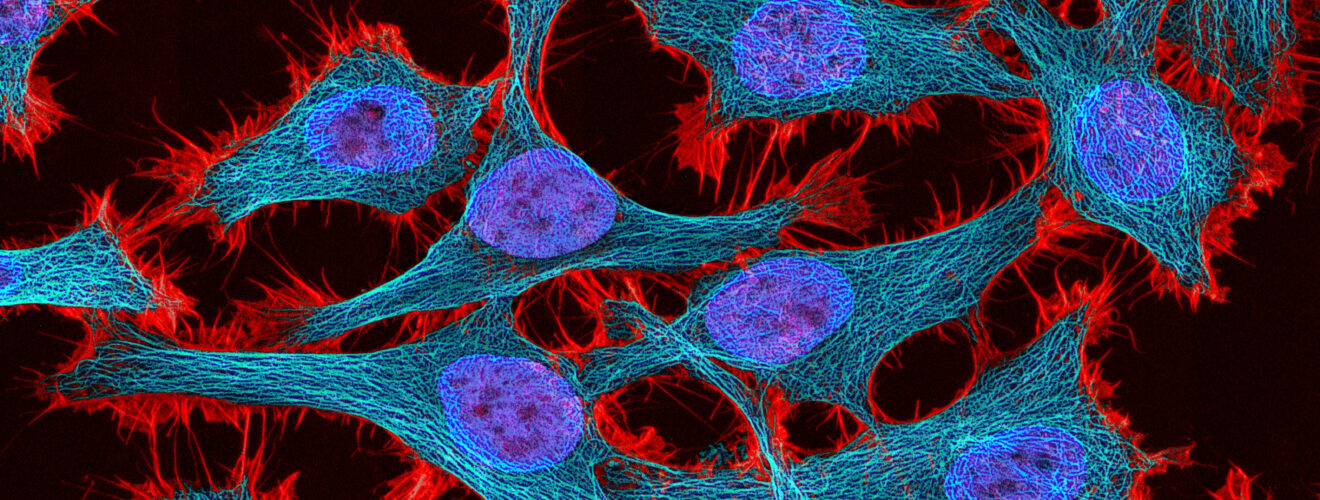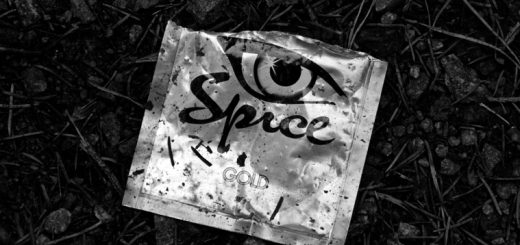The HeLa legacy

The tale of HeLa cells begins with one woman, Henrietta Lacks, a 31-year-old African-American woman who passed away from cervical cancer in 1951. Back in those days, cells harvested from patients would die in laboratory settings within days, but Henrietta’s cells from a cervical biopsy proved to be different. Her cells were coined ‘immortal’ following the shocking discovery that they were able to grow and reproduce indefinitely in culture[1]. This would be one of the most significant scientific breakthroughs of her time, giving rise to the development of the first immortal human cell line which is still invaluable in biomedical research today.
HeLa cells were the first cells to be sent into space to study how space travel impacts living cells and tissues. They laid the foundation for the invention of the first successful Polio vaccine, helped link HPV virus infections to certain types of cervical cancer, and were used to test treatments for various diseases including sickle cell anemia and many cancers[2]. It was also with HeLa cells that researchers confirmed that human cells have 23 pairs of chromosomes instead of the previously believed 24[3]. During the COVID-19 pandemic, researchers used these cells to study how the virus infects human cells[4]. Since its discovery, it is estimated that more than 50 million tonnes of HeLa cells have been cultivated and distributed worldwide for medical research[5].
However, some argue that the use of HeLa cells in research is unethical. Henrietta Lacks did not consent to her cells being harvested and distributed for research, though it was common practice in the United States at the time. The ethical dilemma is exacerbated by the fact that her family was not informed or compensated for the use of her cells until many years later. They claim that the continued use of HeLa cells perpetuates the injustice that Lacks and her family went through, while also reflecting deep systemic racism in healthcare. The outcry successfully influenced the establishment of the Common Rule in 1981 which enforces informed consent and protects patient privacy in research[6]. Today, Lacks’ family has been actively taking legal action against Thermo Fisher and other biotech companies with the goal of rectifying the historical injustices suffered by Henrietta[7].
[1] https://osp.od.nih.gov/hela-cells/
[2] https://osp.od.nih.gov/hela-cells/significant-research-advances-enabled-by-hela-cells/
[3] https://www.technologynetworks.com/cell-science/lists/5-contributions-hela-cells-have-made-to-science-
[4] https://sitn.hms.harvard.edu/flash/2020/vessels-for-collective-progress-the-use-of-hela-cells-in-covid-19
[5] https://www.theguardian.com/science/2023/aug/02/henrietta-lacks-family-lawsuit-settlement
[6] https://www.nature.com/articles/d41586-020-02494-z
[7] https://www.fiercepharma.com/pharma/dairy-farm-treats-cows-after-thermo-fisher-settlement-henrietta
Edited by Despoina Allagioti
Copy-edited by Rachel Shannon







